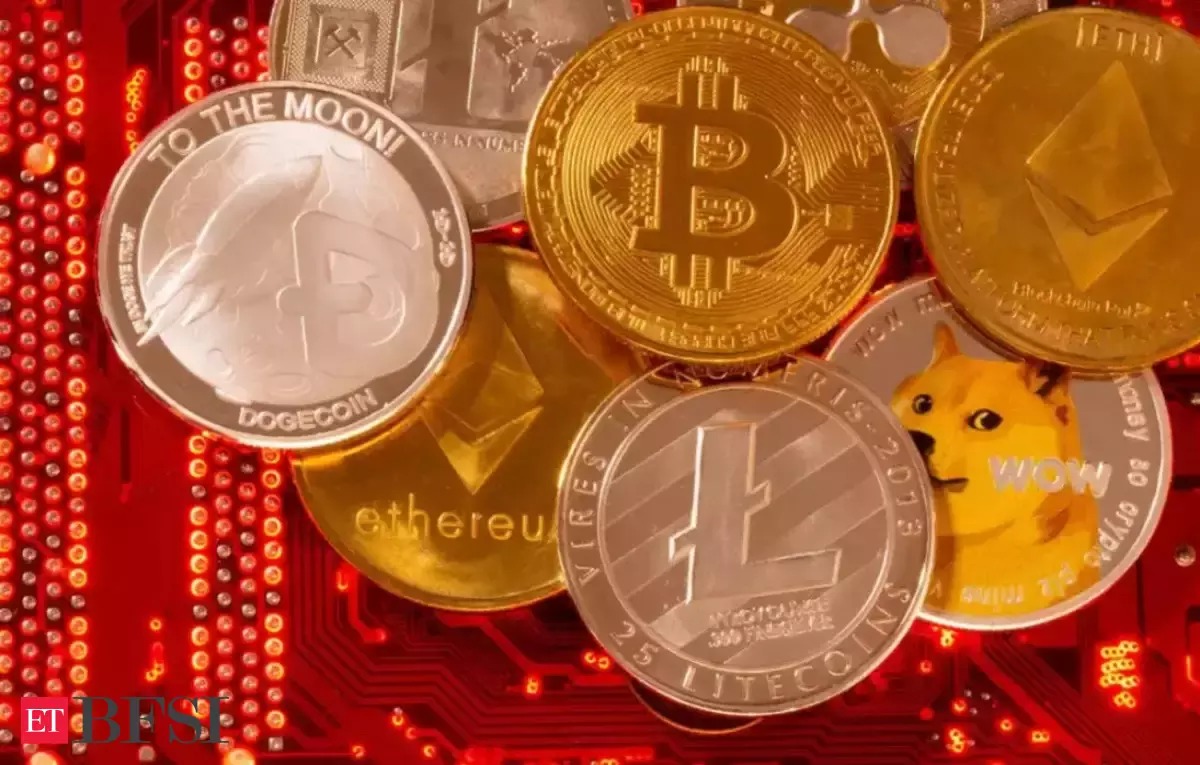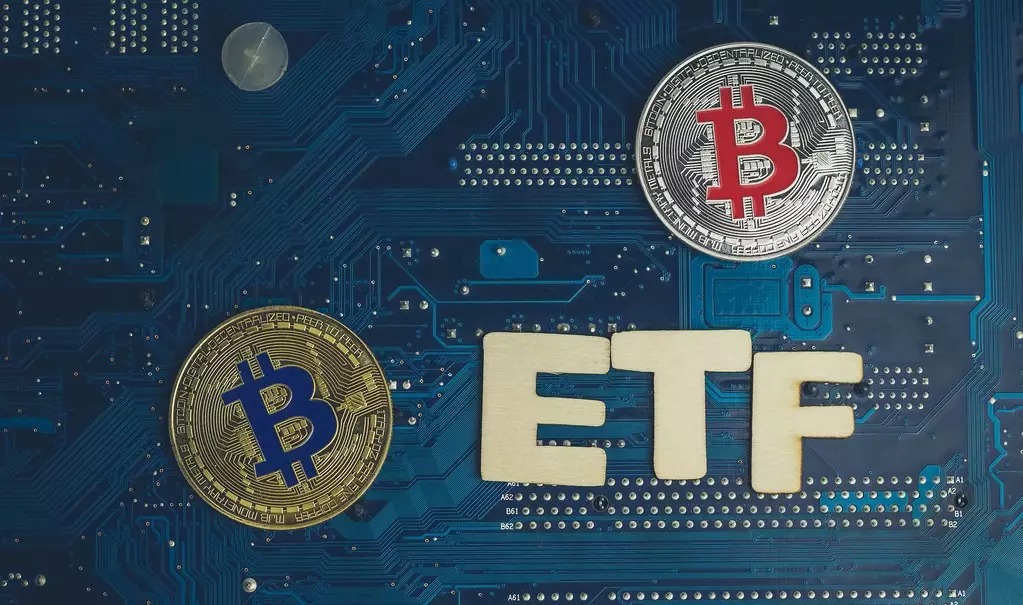
The whispers started subtly, like wind whistling through bare branches. A shiver ran down the spine of the crypto market on Tuesday, as Bitcoin, the ever-volatile king of coins, dipped precariously below $16,000. Was this an ominous portent, a crack in the icy veneer of a bull run, or merely a temporary chill in the digital atmosphere?
Analysts, those modern-day weathermen of the cryptosphere, are divided. Some see the recent plunge as a harbinger of a prolonged crypto winter, a season of frozen gains and plummeting valuations. They point to a confluence of factors – rising interest rates gnawing at the speculative exuberance that fueled the crypto boom, the specter of global economic slowdown casting a long shadow, and the ever-present regulatory frost from China biting at the roots of digital asset ecosystems.
“The music has stopped,” declared veteran trader Michael Chen, his voice tinged with a foreboding chill. “The easy money has been made, and reality is setting in. We’re entering a period of consolidation, maybe even correction, and those who haven’t prepared for the cold might find themselves shivering in the snow.”
But amidst the bearish pronouncements, pockets of optimism flicker like defiant campfires. Proponents of the “digital gold” narrative argue that Bitcoin’s recent dip is nothing more than a healthy retracement, a temporary blip in its inexorable march towards ever-higher highs. They point to the growing institutional adoption, the increasing sophistication of blockchain technology, and the inherent scarcity of Bitcoin itself as reasons to believe that the current chill is but a fleeting polar vortex, soon to be replaced by the warm sunshine of renewed exuberance.
“This is just a shakeout,” counters venture capitalist Sarah Jones, her voice radiating the warmth of conviction. “The fundamentals haven’t changed. Bitcoin is still a revolutionary store of value, a hedge against inflation, and a gateway to a decentralized future. This is a buying opportunity, not a death knell.”
So, is this the calm before another crypto winter, or just a brief dip in the temperature of a market still finding its equilibrium? The answer, like the ever-shifting winds of the cryptosphere, remains elusive. But one thing is certain – the coming months will be a test of faith, a trial by ice and fire for those who hold Bitcoin close. For the believers, it’s a chance to hunker down, weather the storm, and emerge stronger on the other side. For the skeptics, it’s a chance to watch with a wary eye, ready to declare “I told you so” should the winter truly come.
Only time will tell which side will be left shivering in the aftermath. But one thing is for sure – the drama playing out in the digital tundra is far from over. Buckle up, folks, it’s going to be a wild ride.




